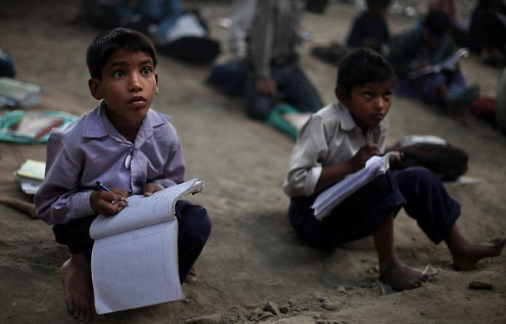Education Gap Worldwide: Causes, Consequences, and Solutions – The education gap refers to the unequal distribution of educational opportunities and resources among different groups, often based on factors such as socio-economic status, gender, ethnicity, and geographical location. This gap leads to disparities in access to quality education, perpetuating social inequalities and hindering economic development.
Identifying Countries with the Most Education Inequality
One country that has been grappling with significant education inequality is Nigeria. The education gap in Nigeria is marked by disparities in enrollment rates, access to resources, and quality of education between urban and rural areas. Lack of infrastructure, poverty, and cultural norms contribute to this inequality. premium303
Striving for Effective Education Systems
Several countries have been recognized for their effective education systems that prioritize equity and quality. Finland, for example, is often lauded for its comprehensive approach to education, where teachers are highly respected, and students receive a well-rounded curriculum that focuses on critical thinking and creativity.

Addressing Education Gaps in the United States
In the United States, education gaps persist despite efforts to promote equal access to education. Factors such as income inequality, racial disparities, and inadequate funding for schools contribute to these gaps. The achievement gap, for instance, refers to the disparities in academic performance between different groups of students.
Causes of the Education Gap:
- Socio-economic Status: Students from lower socio-economic backgrounds often face limited access to quality education due to inadequate resources and opportunities.
- Gender Disparities: In many parts of the world, girls and women continue to face barriers to education, leading to an education gap between genders.
- Geographical Location: Rural and remote areas often lack proper infrastructure and resources, affecting the quality of education available to students.
- Cultural and Social Norms: Traditional beliefs and societal expectations can contribute to the exclusion of certain groups from education.
Consequences of the Education Gap:
- Economic Inequality: The education gap can perpetuate income disparities, as individuals with limited access to education have fewer opportunities for better-paying jobs.
- Social Inequality: Education is a pathway to social mobility. The lack of access to quality education can hinder social progress and perpetuate cycles of poverty.
- Reduced Human Capital: Societies that fail to provide quality education to all citizens miss out on the potential contributions of their entire population.
- Political Instability: In regions with significant education gaps, dissatisfaction and inequality can lead to social unrest and political instability.
Solutions to Bridge the Education Gap:
- Equitable Funding: Ensuring that schools in disadvantaged areas receive adequate funding can help provide resources and opportunities to all students.
- Teacher Training: Investing in teacher training and professional development can improve the quality of education provided to students.
- Access to Technology: Providing access to digital resources can level the playing field for students who lack access to traditional learning materials.
- Gender Equality: Eliminating gender disparities in education requires policies that promote and support girls’ access to schooling.
- Community Engagement: Involving local communities in education planning and decision-making can help tailor education to local needs.
Conclusion
The education gap is a global challenge that undermines efforts to achieve equitable societies and sustainable development. Disparities in access to quality education have far-reaching consequences for individuals, communities, and nations.
While there are countries making strides in addressing education inequality, a collective effort is needed to ensure that all individuals, regardless of their background, have the opportunity to access a quality education. Through targeted policies, increased investment, and a commitment to equity, it is possible to bridge the education gap and create a more just and inclusive world.